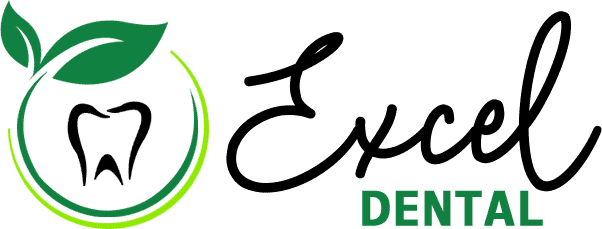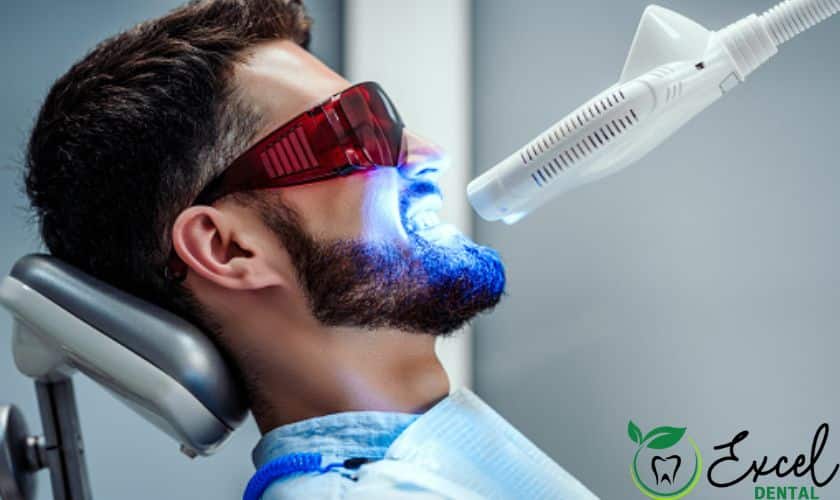Are you afraid of going to the dentist? Do you cringe at the sound of a dental drill? Well, fear no more! Thanks to laser dentistry, traditional and invasive procedures are becoming a thing of the past. Laser technology has revolutionized oral health by providing patients with a less painful and faster treatment option. In this blog post, we will explore what laser dentistry is, how it works, its benefits, and the different types of lasers used in dentistry. Get ready to shed some light on this innovative technology that’s changing the way we approach our dental health!
What is Laser Dentistry?
Laser dentistry is a modern approach to oral health care that uses high-intensity light energy instead of traditional dental tools. This innovative technology allows for precise and efficient treatment with fewer side effects, making it an attractive option for many patients.
Lasers are used in various dental procedures such as teeth cleaning, cavity detection, gum contouring, and even teeth whitening. The laser beam can remove decayed tissue or bacteria without damaging the surrounding healthy tooth structure. Additionally, the focused light cauterizes blood vessels during surgery to minimize bleeding.
One significant advantage of laser dentistry is its ability to reduce pain and discomfort often associated with traditional dental procedures. With no need for anesthesia in some cases, patients can experience faster recovery times with less swelling and bleeding after the procedure.
Laser dentistry offers a more advanced form of oral health care compared to traditional methods. It’s a safe and effective way for both patient and dentist alike to achieve optimal results while minimizing risk factors commonly associated with conventional treatments.
How Does Laser Dentistry Work?
Laser dentistry involves the use of highly concentrated beams of light to treat various dental problems. The laser devices used in this type of dentistry function by emitting a narrow beam of light that is aimed at the targeted area, providing precise treatment without affecting other surrounding tissues.
During a laser dentistry procedure, the dentist will first numb the patient’s mouth and then direct the focused light on the affected tooth or gum tissue. The energy generated by the laser vaporizes any infected or damaged tissue while sterilizing and sealing blood vessels to prevent bleeding.
One significant advantage of using lasers for dental procedures is that they are minimally invasive compared to traditional methods such as drills and scalpels. This means less trauma to oral tissues, resulting in reduced pain, swelling, and bleeding during recovery.
Furthermore, since lasers produce minimal heat damage on surrounding healthy tissue during procedures, patients experience less discomfort post-treatment with faster healing times. Laser technology also allows for greater precision in treating specific areas without damaging nearby teeth or soft tissues.
Laser dentistry represents an innovative alternative to conventional dental treatments that provide superior results with fewer risks and complications.
Benefits of Laser Dentistry
Laser dentistry has been gaining popularity in recent years as a safe and effective alternative to traditional dental procedures. One of the most significant benefits of laser dentistry is its ability to minimize pain and discomfort during treatment. Unlike traditional methods that involve drilling, lasers use light energy to remove decayed or damaged tissue without causing trauma to surrounding areas.
Another benefit of laser dentistry is that it promotes faster healing times compared to conventional treatments. The precision offered by laser technology means that less healthy tissue gets removed during procedures, reducing post-operative swelling and inflammation. This allows patients to return quickly back to their daily activities with minimal downtime.
Laser dentistry also ensures patient safety by minimizing bleeding during treatment. The focused beam from the laser cauterizes blood vessels as it cuts through soft tissues, significantly reducing bleeding and eliminating the need for sutures in many cases.
Using lasers in dental procedures reduces the risk of bacterial infections because they sterilize the area being treated while working simultaneously. Since bacteria cannot survive under high temperatures, using lasers kills them off instantly instead of allowing them time to grow into infection after surgery or procedure.
There are many benefits associated with laser dentistry which make it an innovative and exciting field within oral health care today!
What are the Different Types of Lasers Used in Dentistry?
Laser dentistry is not a one-size-fits-all approach. Different types of lasers are used in dentistry, each with its unique wavelength and usage.
The most commonly used laser in dentistry is the diode laser. It has a wavelength that can penetrate soft tissues such as gums, making it ideal for gum reshaping procedures and treating periodontal disease.
Another type of laser is the Erbium laser which works on both hard and soft tissues. These lasers are effective for removing decayed tooth material without damaging healthy teeth or causing pain to patients.
Hard tissue lasers, such as the erbium yttrium-aluminum-garnet (Er: YAG) and carbon dioxide (CO2) lasers, have higher wavelengths that can cut through tooth structure. They help prepare teeth surfaces for fillings or sealants without any damage to adjacent areas like gums.
There’s Photodynamic Therapy (PDT), which uses a combination of photosensitizing agents and low-level light therapy from special LED lights to kill bacteria in infected areas.
Choosing the right type of dental laser depends on several factors like patient needs, treatment goals, budgetary constraints, etc. Your dentist will evaluate your condition before choosing an appropriate option for you!
The Bottom Line
Laser dentistry is a game-changer in the field of oral health. Its non-invasive and painless procedures make it an attractive option for patients who may have previously avoided dental treatment due to fear or discomfort. The precision and accuracy of lasers also allow for more effective treatments while minimizing damage to healthy tissue.
The benefits of laser dentistry are clear: reduced bleeding, swelling, and postoperative pain; faster healing times; and improved overall oral health. With continued advancements in technology, we can expect even greater possibilities for this innovative approach to dental care.
As with any medical procedure, it is important to discuss your options with a qualified healthcare professional before making any decisions about your oral health. But if you are looking for a safe, efficient way to improve the health of your teeth and gums, laser dentistry may be just what you need!
FAQs
1. What to expect with laser dentistry?
The laser handles all of the work, so no drilling is required. The laser causes no pain or discomfort to the patient. You may bleed during the treatment, which the dentist will immediately stop. The dentist will open your mouth to treat dental problems.
2. Can cavities be filled with lasers?
Yeah! Lasers are both safe and effective for treating cavities in children and adults. Laser dentistry can also be utilized for soft tissue treatments, such as wisdom tooth exposure or sore gums caused by braces. Another advantage of laser soft tissue treatment is that stitches are not required.


